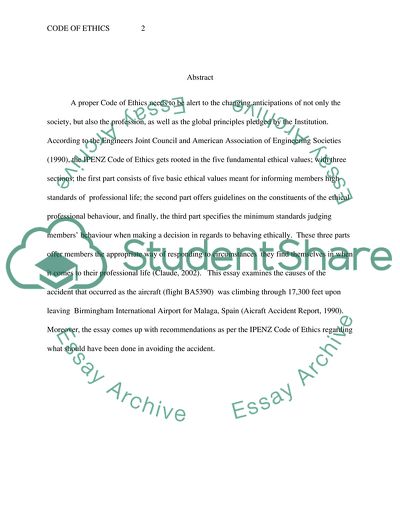Cite this document
(The Causes of the Accident that Occurred as the Aircraft: Flight Coursework Example | Topics and Well Written Essays - 1750 words, n.d.)
The Causes of the Accident that Occurred as the Aircraft: Flight Coursework Example | Topics and Well Written Essays - 1750 words. https://studentshare.org/engineering-and-construction/1780874-assignment-1-b
The Causes of the Accident that Occurred as the Aircraft: Flight Coursework Example | Topics and Well Written Essays - 1750 words. https://studentshare.org/engineering-and-construction/1780874-assignment-1-b
(The Causes of the Accident That Occurred As the Aircraft: Flight Coursework Example | Topics and Well Written Essays - 1750 Words)
The Causes of the Accident That Occurred As the Aircraft: Flight Coursework Example | Topics and Well Written Essays - 1750 Words. https://studentshare.org/engineering-and-construction/1780874-assignment-1-b.
The Causes of the Accident That Occurred As the Aircraft: Flight Coursework Example | Topics and Well Written Essays - 1750 Words. https://studentshare.org/engineering-and-construction/1780874-assignment-1-b.
“The Causes of the Accident That Occurred As the Aircraft: Flight Coursework Example | Topics and Well Written Essays - 1750 Words”. https://studentshare.org/engineering-and-construction/1780874-assignment-1-b.


